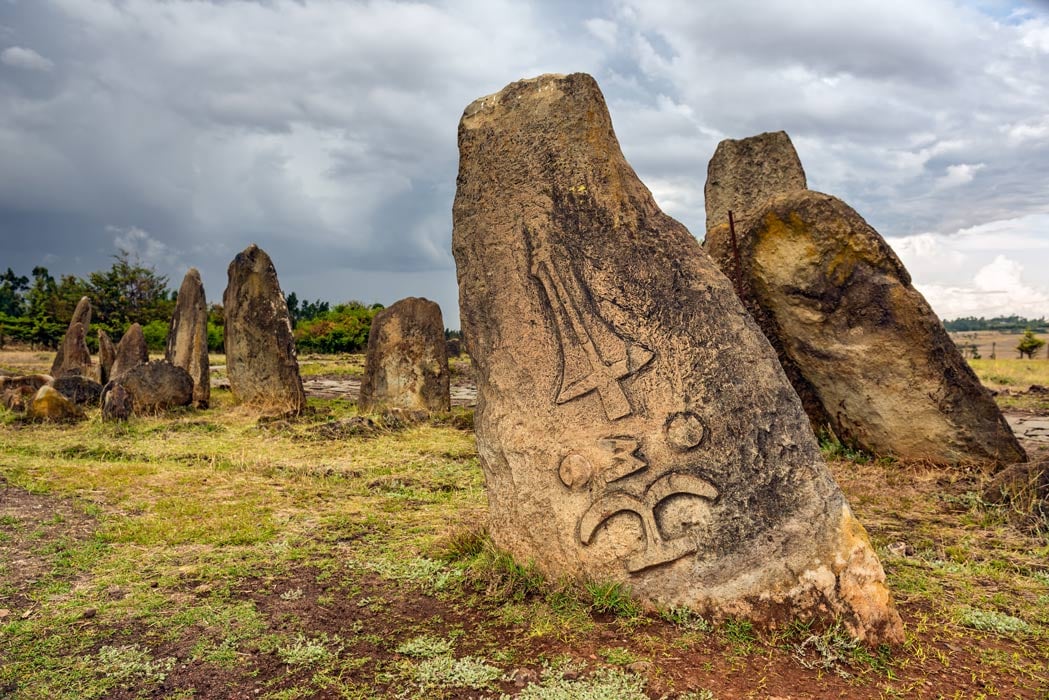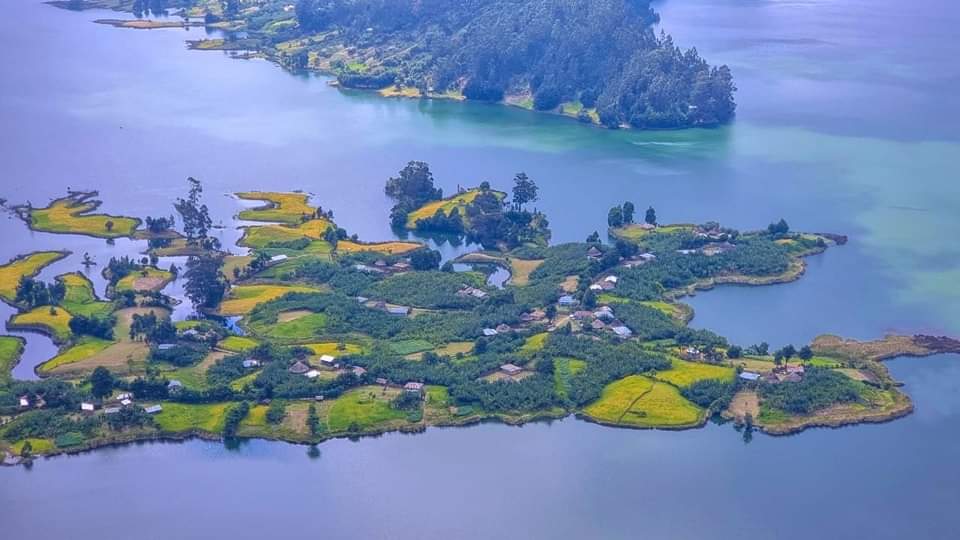Short Tour Packages
Explore Our Packages

Menagesha Suba Forest
Managesha Suba ForestIt is the oldest forest Park in Africa and Ethiopia some 40 km South-West of Addis Ababa on the South-Western Slope of mountain Wechecha.There are different plantations other than natural enrichment which includes, soft wood, Eucalyptus and Indigenous plantation. Acacia Melanoxylon, Juniperus procera, Myrsine Africana, Olea europea and Scolopia thiefolia are among the various woody species in the forest that are the source of greater satisfaction in natural exploration.The total area of natural forest alone is about 2500 hectares whose composition represents the natural high forests that once existed in highlands of Ethiopia. The forest vegetation varies from high forests to afro alpine vegetation within altitude range of about 2300m to above 3000m. The oldest trees of Juniperus Procera which estimated to be over 200 years old and six other tree species are among high forests while Erica arborea and Helichrysum species represent vegetation of above 3000m (high altitude). Suba as a tourist site boasts not only indigenous tree species but also number of birds and mammal species including Menelik Bushbuck (endemic sub species) which took refuge in the forest enclave. The majestic beauty of Mogli peak and surrounding scenery would all together made the Suba Forest area an ideal place for nature lovers, such as hikers, trekkers and sight seers, forest explorers, scenery admirers, etc.Visitors can experience hiking, bird watching, camping, and picnicking in this forest environment. The scenic and aesthetic quality for recreation the forest the rolling landscape, the highest mountain peak, the old sawmill and railway, the modern tree nursery, the old growth forests, birds, and remnant mammals taking a refuge in this forest.

Debrelibanos Monastery
The monastery founded by the renowned 13th century mystic, Saint Teclehaimanot, Debre Libanos, is an important monastic center for Ethiopian Orthodox Christianity, there was and there is a small cave near the church where he is said to have stood for seven years on one leg and pray until the other wasted away and dropped off.On the tour to Debrelibanos, visitors can combine history, culture and nature with some good bird watching, as the road takes you through the Sululta Plain there is a chance to see Black-winged plovers, Wattled Ibis, Blue-winged geese, Common Cranes and Wheat ears. On arrival at Debre Libanos, we will first stop at the Jemma River gorge and enjoy a drop of nearly 1000 meters to the valley below. Here at the gorge (and in the forest around the church) we can expect to see different species of birds and one of Ethiopia’s endemic mammals, the Gelada or bleeding-heart baboon. Leaving the Gorge proceed to the church. After the visit to church and Museum visitors can either make the climb to the cave of St Teklehaimanot or hike to the 16th C Portuguese bridge. Lunch at local restaurant Ethiopian traditional Coffee ceremony and in the early afternoon leave and returning to Addis Ababa in the early evening.

Crater Lakes around Bishoftu
Bishoftu, about 47 km East of Finfinne/Addis Ababa, is a town characterized by a cluster of volcanic crater lakes and popular Irrecha spiritual site that surround the town. Because of its altitude, which ranges up to 1850 masl, Bishoftu area has warm climate. It is the Centre of major resort lakes that visitors for business and leisure can enjoy. The town of Bishoftu is surrounded by seven crater lakes namely Harsade(with the maximum depth of 37 meters, good for water sports and scenic beauty, rich in fish species and aquatic bird life, the lake where Oromo people celebrate Irrecha, the thanks giving ceremony yearly at the end of September), Bishoftu (having a maximum depth of 85 meters the deepest of the surrounding lakes, with attractive feature scenic beauty), Babogaya (with nearly the same size of that of the Hora Lake, but much deeper, situated at north- east of Hora Lake along a rough, dusty road, place to watch aquatic birds and endowed with breathtaking beauty), Kuriftu( very close to the Babogaya Lake, one of the country’s best known resort centers, popular for watersport), Kilole(Kilole Lake is at the distance of 12 kilometers hard drive to the north- east of the town, farthest of the lakes in the area and good for bird watchers ), Magarisa (Green Lake) ( about 9 kilometers away to the south- west of the town just behind the Air Force base, looks green because of its algae, more dramatic, colorful and beautiful when viewed against the backdrop of the surrounding hills, good for visitors who need silent and listen to themselves) and Chalalaka (where frequently a number of aquatic bird species are observed).

Adadi Mariam, Tiya and Melka Kunture
Adadi Mariam rock hewn churches, Malka Kunture paleontological site and Tiya stelae field Heading south-west on the Jimma Road, then turning south on to the Butajira Road. Melka Kunture lies near the Awash River Gorge and is one of the most important neolithic sites in Ethiopia. Hand axes and various other implements have been found here. There is a museum at the site.A bit further on the Butajira Road, is the rock hewn church of Adadi Mariam, contemporaneous with those of Lalibela – in fact local tradition ascribes it to King Lalibela who is said to have had it built on his visit to Mount Zuqwala in 1106. Damaged during the wars with Ahmed Gragn in the 16th century, it fell into disuse and was only reopened in the time of Menelik II. It is today in regular use.Our final stop today is at Tiya stellae which are believed to have been erected between the 12th and 14th centuries and are almost certainly grave markers – recent excavations at Tiya have revealed the remains of young people of both sexes, aged between 18 – 30 and buried in fetal positions. It is classified by UNESCO as a World Heritage Site. At some stage we will take a picnic lunch and leave for the return journey to Addis Ababa and arrive in the late afternoon.

Wanchi Crater Lake
Wanchi Crater Lake is the powerful volcano erupting in the tertiary period of the Cenozoic era. It contains hot springs and waterfalls with breathtaking valleys and stunning scenery. The spectacular scenic view of the lake positioned in the middle of the surrounding ringed hills covered by more than 15 major tree species and many other alpine types of vegetation. The Crater Lake is endowed with forest of many aquatic and terrestrial bird species and some mammals. Touristic appeal of the crater mainly steamed from its fantastic beauty. Standing on the rim of the crater you will be watching unique shaped and crystal-clear water lying in deep basin and circular slops covered with greenery alpine vegetation that largely contributed for its dramatic scenery.